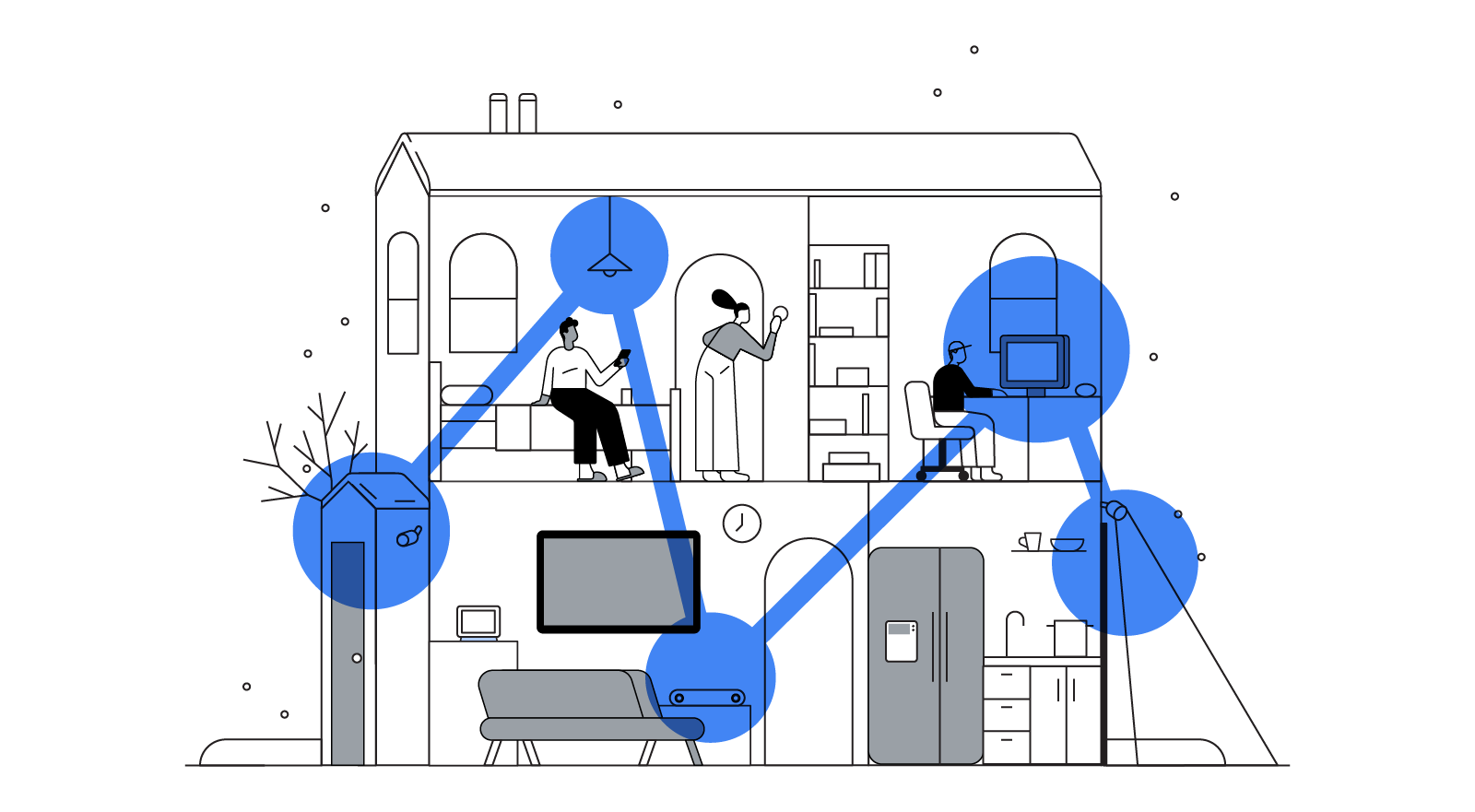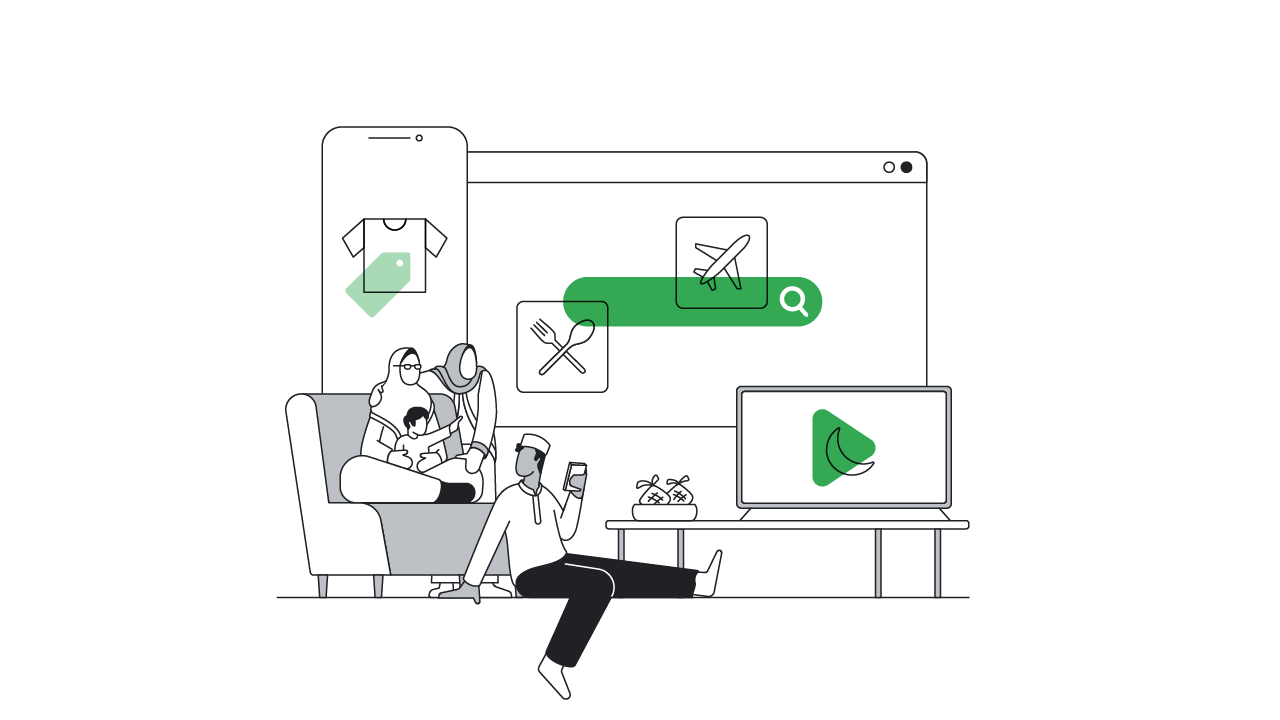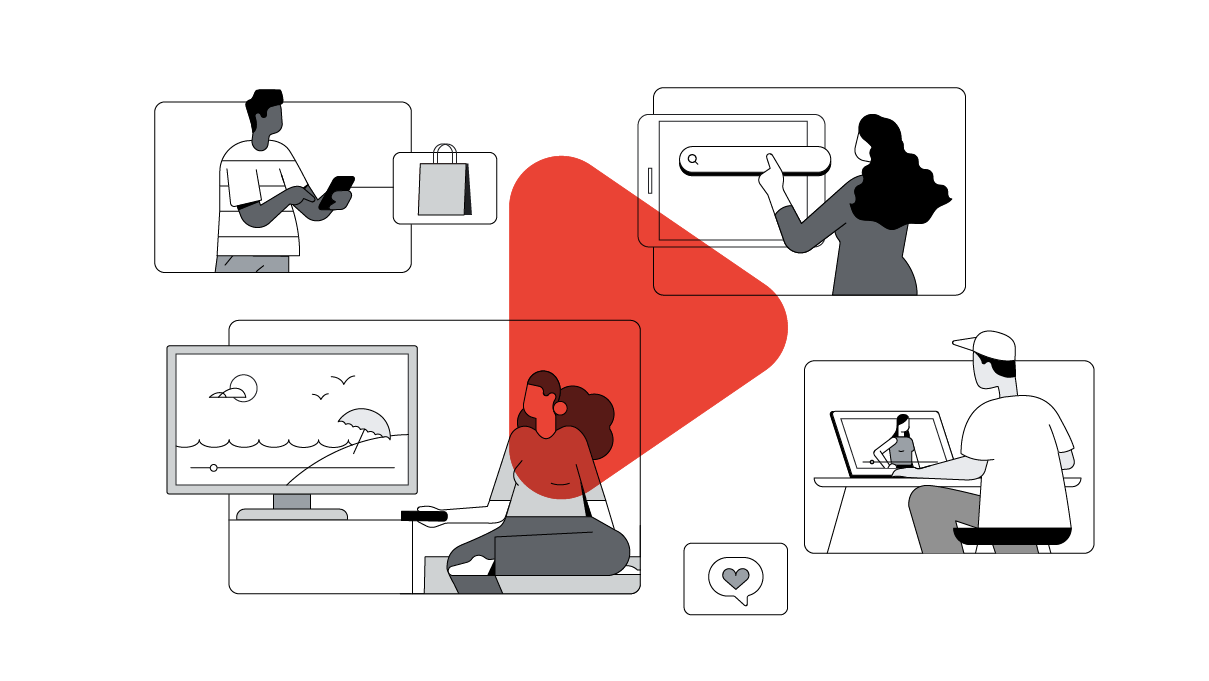
We’ve been digging into the challenges the connected home industry faces in APAC. In the first article of our three-part series, we found that across six countries in APAC, a lack of awareness and advocacy and a fragmented experience across buying and using devices are major barriers to people creating their own truly connected homes. The second article focused on how content creators can help.
Here, we focus on how service providers — like telecoms — are well-positioned to provide consumers with an easier connected home experience.
While there are many players in the connected home ecosystem including devices, services, and content, very few are bringing these disjointed technologies together to deliver true value to consumers. Yet 80% of consumers want a single provider for all digital needs.1
That’s where service providers come in, who are well placed to work across the ecosystem, providing devices, partnering with content producers, and offering consumers helpful services.
How to help consumers on their journey of setting up a connected home
Analyzing our research with Accenture, we found that consumers are unsure of which devices to adopt and how to use them, struggle to manage and integrate devices, and are concerned about privacy and security.
To see how service providers provide the best products and services possible, let’s explore how they can help a fictional family (based on typical young families in APAC) with both partners working and two young children, aged 7 and 10.
The Madani family has been thinking about setting up a connected home for a while to help make their daily routine more manageable, secure their home, and keep their kids safe. They would like to create an automated system that can open all the curtains and have the coffee ready when they wake up. When they leave the house, they want to easily activate the security system and get notified when the kids come back from school. They want to return with the house at a certain temperature, the carpet vacuumed, and their evening routine of soothing music and closed curtains happening automatically.
Here’s how service providers can help this family along their journey of setting up their connected home.
1. During awareness and initial consideration: Help people understand what a connected home can do
Today, consumers are confused about connected homes. The Madani family sees different devices that mention the keywords “smart” and “connected”, but it’s unclear what any of those devices do. They’re confused about what devices to choose to create a system that meets their needs.They have no idea where to start, but service providers can help them understand this technology and how to get the most value from what’s on the market.

“Home automation is still in its infancy in emerging markets. We need to educate the consumers on why and how to integrate such a system into their lives. As consumer lifestyles evolve, so will home automation needs and there is an increasing need to partner with our consumers every step of the way."
Bring the experience to life. To help people see the value of a connected home, adopt a more immersive experience that highlights the interplay of devices and services. Focus on presenting audiences with ready solutions of devices and services, making sure to address well-articulated needs. To reach the Madani family, create an online experience zone on your website where they can see and experience products that help parents save time, how a connected home setup can reduce appliance usage, and options to compare different levels of security based on their house size.
Help potential customers understand how connected homes can improve their daily life.
Offer personalized consultations online or in-person. The Madani family wants to ensure the safety and security of their two children, but can’t figure out how to put together a package that serves their needs. If they could work with a representative to create a bundle of devices and services within their budget, the service provider could demonstrate its full features, and help the family make their final decisions quickly.
Pro-tip: Keep the whole family in mind. The connected home is a family affair, so make sure you show families how the same device can be used by multiple family members. For example, one device can add parental controls to smart devices, be used by kids for learning and entertainment, or offer music suggestions for family dinners.
2. During evaluation and purchase: Offer bundled solutions and provide setup and install services
Today, deciding what devices to buy, set up, and then use, is extremely difficult for most consumers. The Madani family, like a lot of other APAC families, wants to buy the best devices to address their needs and make their life easier. They start reading different company websites and watch product review videos. But the variety of available devices is overwhelming — they don’t know which brands to use, which devices work together, how to set them up, or even how to use them.
Create bundles that cater to different audiences: For example, show the Madani family a bundle for parents that includes a smart camera to monitor the kids, smart lights and a centralized device to control lights and air conditioning to keep the home properly lit and temperature-controlled. Consider bundling add-on services like insurance, home installation, and maintenance into one package.
Offer installation and setup support: After purchasing the parent bundle, the service provider offers to schedule an appointment for the provider to come to the Madani’s home and set everything up. The process was so easy that six months later, they decided to buy new smart lighting that interacts with their existing connected home devices because they felt assured of having support from their service provider.
Instead of relying on the DIY culture, provide customers with easy setup options.
Pro-tip: Tap into customers’ life moments. When people go through lifestyle changes, like moving to a new house, starting a family, or even changes like working from home, new needs arise that can often be addressed by connected devices. Show people the relevance of connected homes in their new life. Since the Madani parents are now working from home, they decide to reach out to their service provider to see which connected home devices can help them create an office at home. The consultant recommends an entertainment system to keep the kids busy, devices like smart lights to save energy since their electricity bill has gone up, and a camera to check the door from their desk when the doorbell rings.

"People will be working from home a lot more now and into the future than pre COVID-19. That means that there's a new set of ‘needs’ relating to wellness and productivity that technology applications will need to cater to.”
3. After purchase: Teach buyers to get the most out of their connected homes over time
Today, devices require significant upkeep, and consumers have to stay up-to-date on their own. The Madani family bought a new smart speaker that promised to help save time around the house. They tried to use it often, but didn’t find any time-savings, and never got information when upgrades happened or new integrations were released. Over a period of time, they didn’t find much value in the speaker, and also started to worry about how their data was being used. So they stopped using the speaker completely. Now they feel they paid for a costly paperweight.
Actively communicate with customers after they have made their purchase.
It’s important to share regular updates on new services, features and things consumers can do with their devices. Educate families on simple issues they may run into and open their eyes to all the cool things connected devices can do.
Help APAC customers get the most value from their connected home by showing them ways to plan, optimize and manage a system of devices.
Provide insurance and automated maintenance. Connected homes are all about ease and convenience. So customers need a quick and easy fix when things go wrong. Share the responsibility of maintaining multiple devices with the customer by providing insurance for device failures and automated maintenance services, especially for more advanced home solutions. Ancillary services, like insurance claims that automatically trigger in the event of security breaches, will also go a long way to establishing customer trust.
Give your customers more control over their data. The Madani family needs to know how their data is being used and stored, and wants the choice to revoke access. Make these controls accessible and upfront within applications. For example, provide setting options to make a device safer for children, or give options within applications to turn off storing critical information such as bank details.
Pro-tip: Create and maintain active forums and communities where connected home champions can talk about new use cases to keep fresh ideas.

“Having a system at home that keeps your data secure and has interoperability among devices means people can truly experience the lifestyle and productivity enhancements at the heart of the connected home experience.”
Put the “connected” in connected homes
Consumers in APAC are introducing smart devices into their homes because these technologies help them save time, keep on top of to-do lists, secure their living spaces and stay entertained. But the ecosystem is fragmented and needs a unifying force. Service providers are in a unique position to unify this fragmented ecosystem of devices, services, and content. They can make everything work together for the convenience of customers and ultimately help the entire industry grow.








